Oshima Tsumugi is known for its intricate kasuri patterns, many of which are named after places or aspects of daily life in Amami Oshima. Among them are designs like Tatsugo [龍郷], Akinabara [秋名バラ], Arima [有馬], Kikkō [亀甲], and Tsuga-jū [ツガ十]. One particularly renowned pattern is the Saigo-gara, or Saigo pattern, named after the 19th-century samurai Saigo Takamori.
What Is the Saigo Pattern?
The Saigo pattern is distinguished by its complex kasuri motifs embedded within a checkered grid. Though referred to by a single name, it encompasses multiple variations, each requiring exceptional technical skill to produce. From a distance, the pattern appears solid or geometric, but up close, its fine detailing reveals the depth of craftsmanship.
The pattern is closely tied to the tradition of village-based competition on Amami Oshima. Each village developed its own unique take on the Saigo pattern, pushing the limits of the region’s textile techniques. The design reflects both a celebration of local pride and a collective homage to Saigo Takamori, who lived on the island in exile and left a lasting impression on its people.
Origins and Development
The current form of the Saigo-gara emerged in the Taisho era (1912–1926), following technological advances in the Meiji period, particularly the development of the shimebata (binding loom) and the establishment of a kasuri pattern registration system. These innovations spurred the creation of new, more demanding designs.
Among these, the Saigo pattern stood out. It could only be produced through the collaborative effort of top-level artisans across all phases of Oshima Tsumugi production: designing, kasuri binding, and weaving. Its technical excellence led to it being named after Saigo Takamori, both as a tribute to his legacy and a symbol of the weavers’ aspirations toward excellence.
Interestingly, the name carries a wordplay: “Saigo” (西郷), while referring to the historical figure, also echoes “saikō” (最高) the Japanese word for “the best” or “supreme.” Each village’s Saigo pattern thus becomes both a tribute and a declaration of local pride: this is our highest achievement.
Who Was Saigo Takamori?

SAIGO, Takamori 1887
Photo courtesy of The New York Public Library
Saigo Takamori (1828–1877) was a prominent samurai and political leader instrumental in the Meiji Restoration, which marked Japan’s transition from feudal rule to a modern state. Initially a supporter of the new imperial government, he later became critical of its treatment of the samurai class. His defiance culminated in the Satsuma Rebellion of 1877, a failed but legendary uprising.
Saigo spent two periods of exile on Amami Oshima, during which he lived among local communities and gained a deep understanding of their lives and hardships. His time on the island helped shape his values and left a deep impression on the local people, who still honor him to this day.
His legacy as a man of principle, loyalty, and humility, sometimes called “the last true samurai” continues to resonate across Japan. The Saigo pattern reflects this reverence, embodying both the strength of his character and the artistry of Amami’s weaving tradition.
 Left: Toguchi Saigo Right: Akaogi Saigo
Left: Toguchi Saigo Right: Akaogi Saigo
A Living Tradition
More than a century after its creation, the Saigo pattern (Saigo‑gara) is still woven on Amami Oshima by a select circle of highly skilled artisans who refine their abilities through friendly competition. Each region preserves its own village variation, and the intricate kasuri in every bolt showcases both the weaver’s technique and local identity. Celebrated as the ideal motif for conveying the resolute spirit of Saigō Takamori, this textile stands as a living emblem of the island’s heritage, embodying exceptional craftsmanship, enduring pride, and an unbroken creative legacy.
 Map of North Amami Oshima (including Kikai-jima)
Map of North Amami Oshima (including Kikai-jima)
Akaogi Saigo 赤尾木西郷

Urakami Saigo 浦上西郷

Urakami Shin-Saigo 浦上新西郷

Toguchi Saigo 戸口西郷

Nakagachi Saigo 中勝西郷

Aden Saigo 阿伝西郷


The Saigo pattern is more than a technical achievement, it is a textile that carries memory. Named after Saigo Takamori, who spent part of his life in exile on Amami Oshima, it reflects the enduring bond between the island and a figure who once stood up for its people. His story, shaped by hardship, compassion, and resilience, continues to be woven into Oshima Tsumugi. Today, the pattern remains a symbol of quiet strength, local pride, and generations of refined craftsmanship.
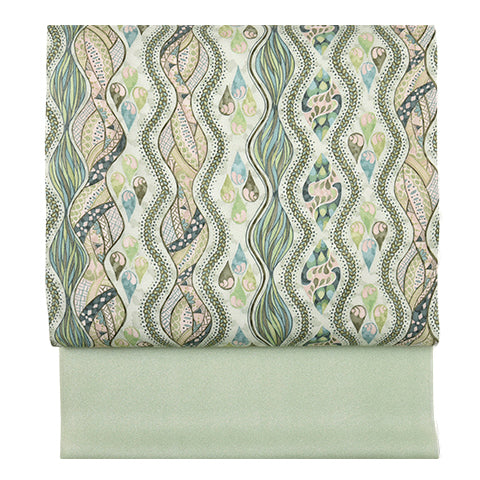 名古屋帯
名古屋帯
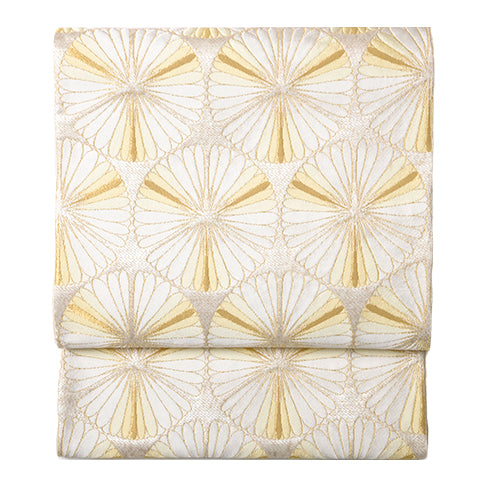 袋帯
袋帯
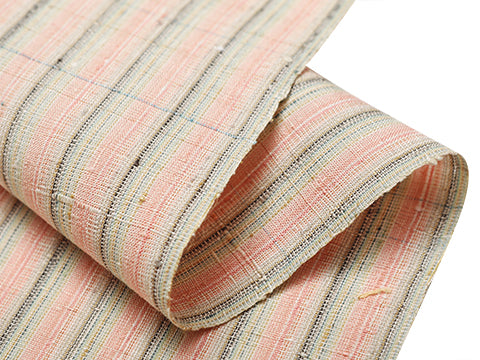 紬・綿・自然布
紬・綿・自然布
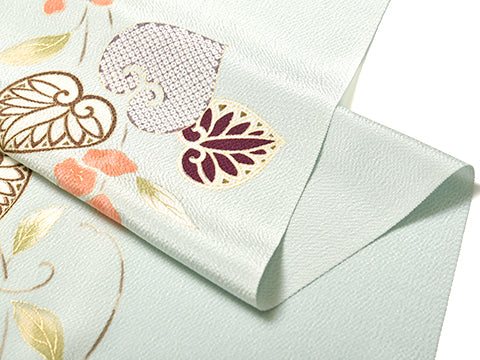 小紋・江戸小紋
小紋・江戸小紋
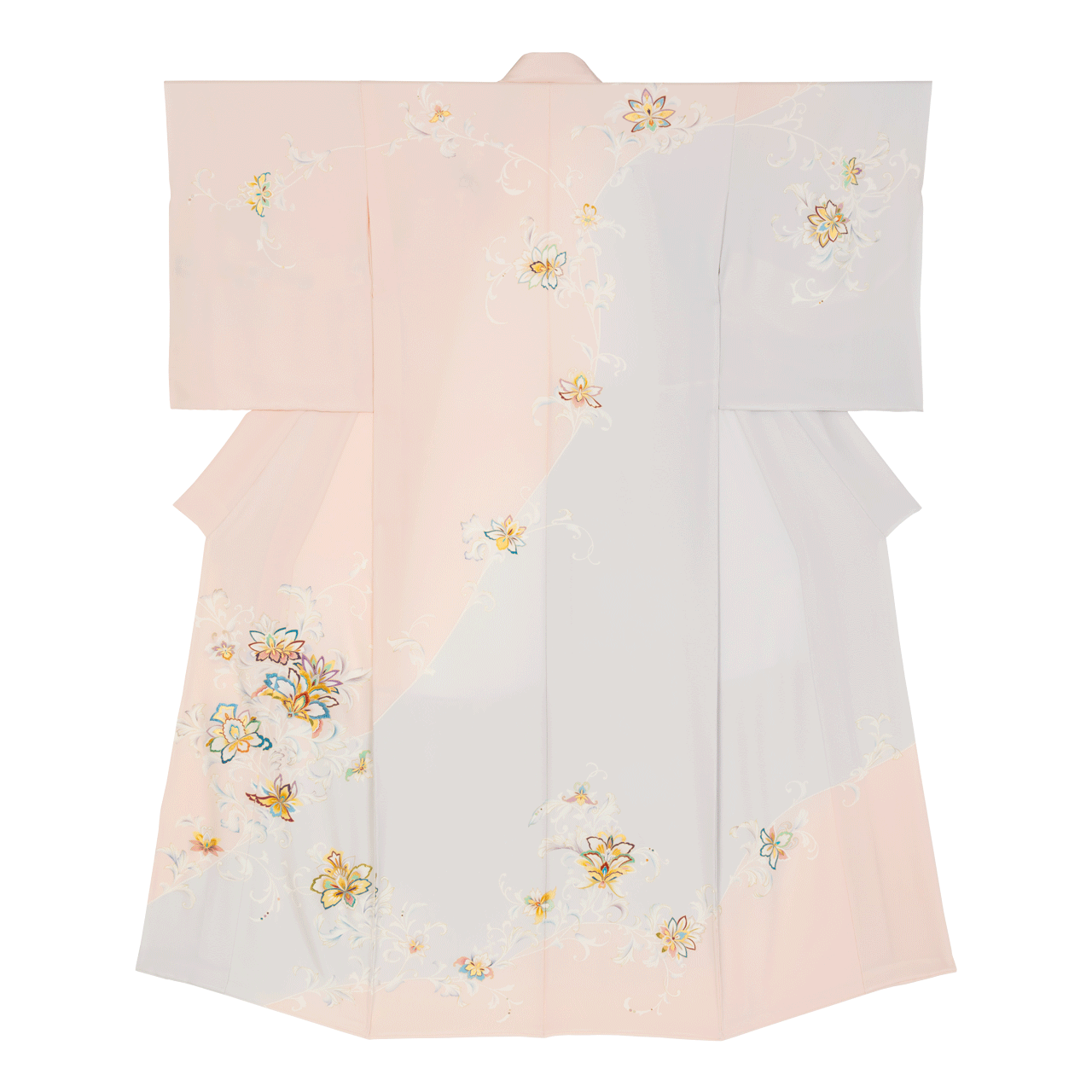 訪問着・付下げ・色無地ほか
訪問着・付下げ・色無地ほか
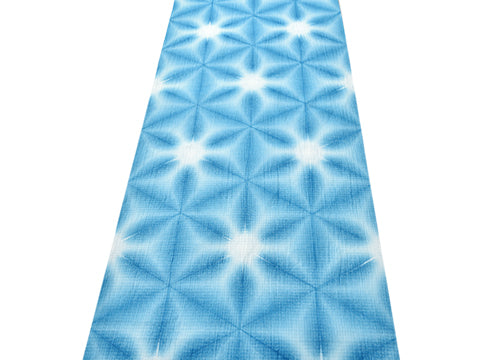 浴衣・半巾帯
浴衣・半巾帯
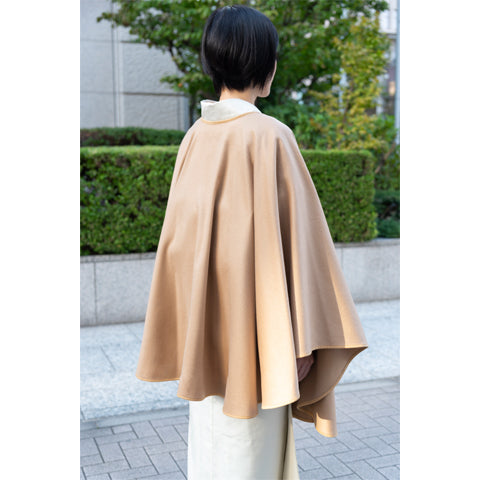 羽織・コート
羽織・コート
 肌着
肌着
 小物
小物
 履物
履物
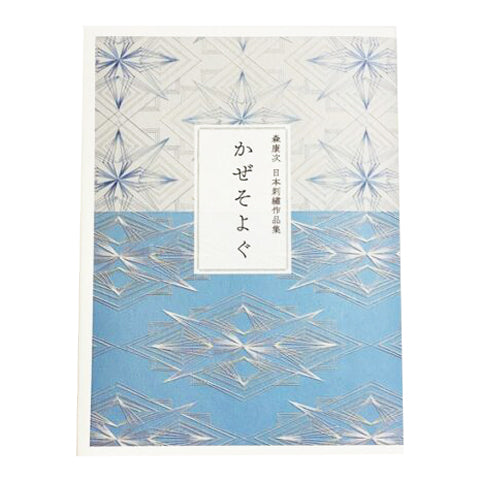 書籍
書籍
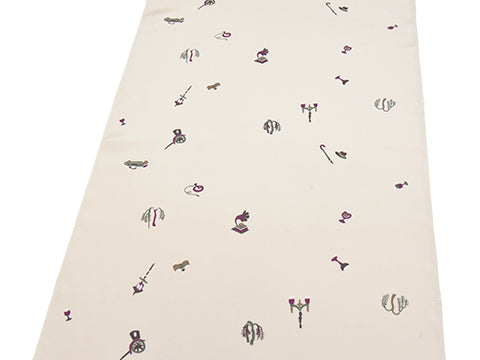 長襦袢
長襦袢
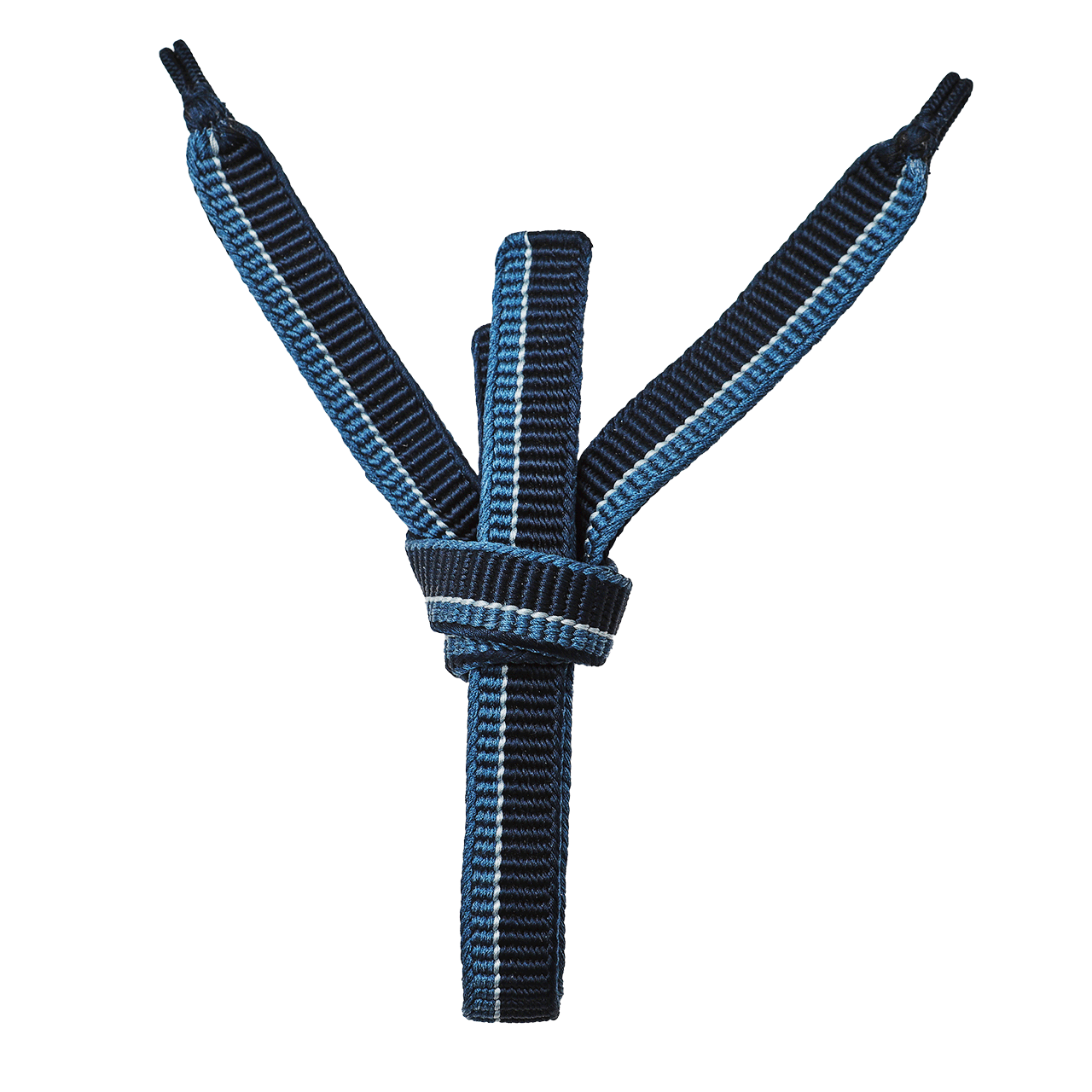 小物
小物
 帯
帯
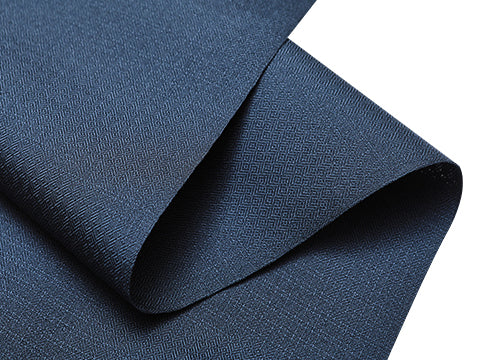 お召
お召
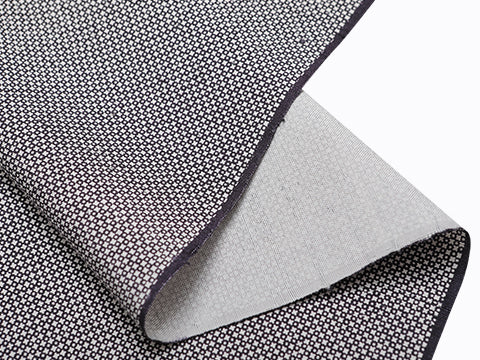 小紋・江戸小紋
小紋・江戸小紋
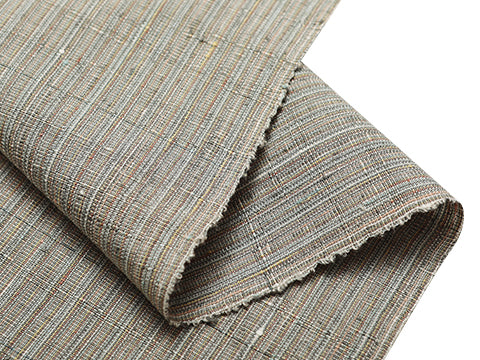 紬・綿・自然布
紬・綿・自然布
 袴
袴
 長襦袢
長襦袢
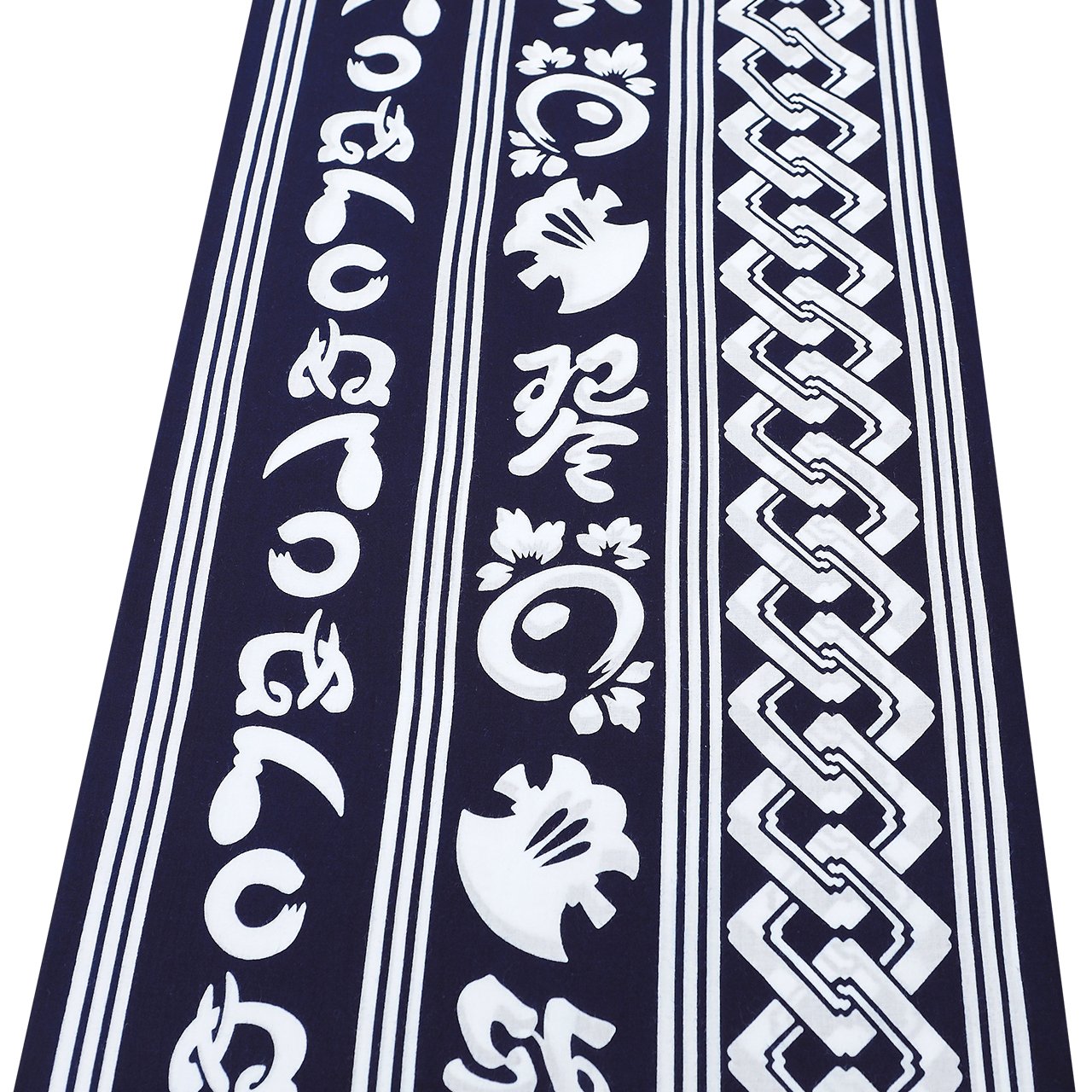 浴衣
浴衣
 羽織・コート
羽織・コート
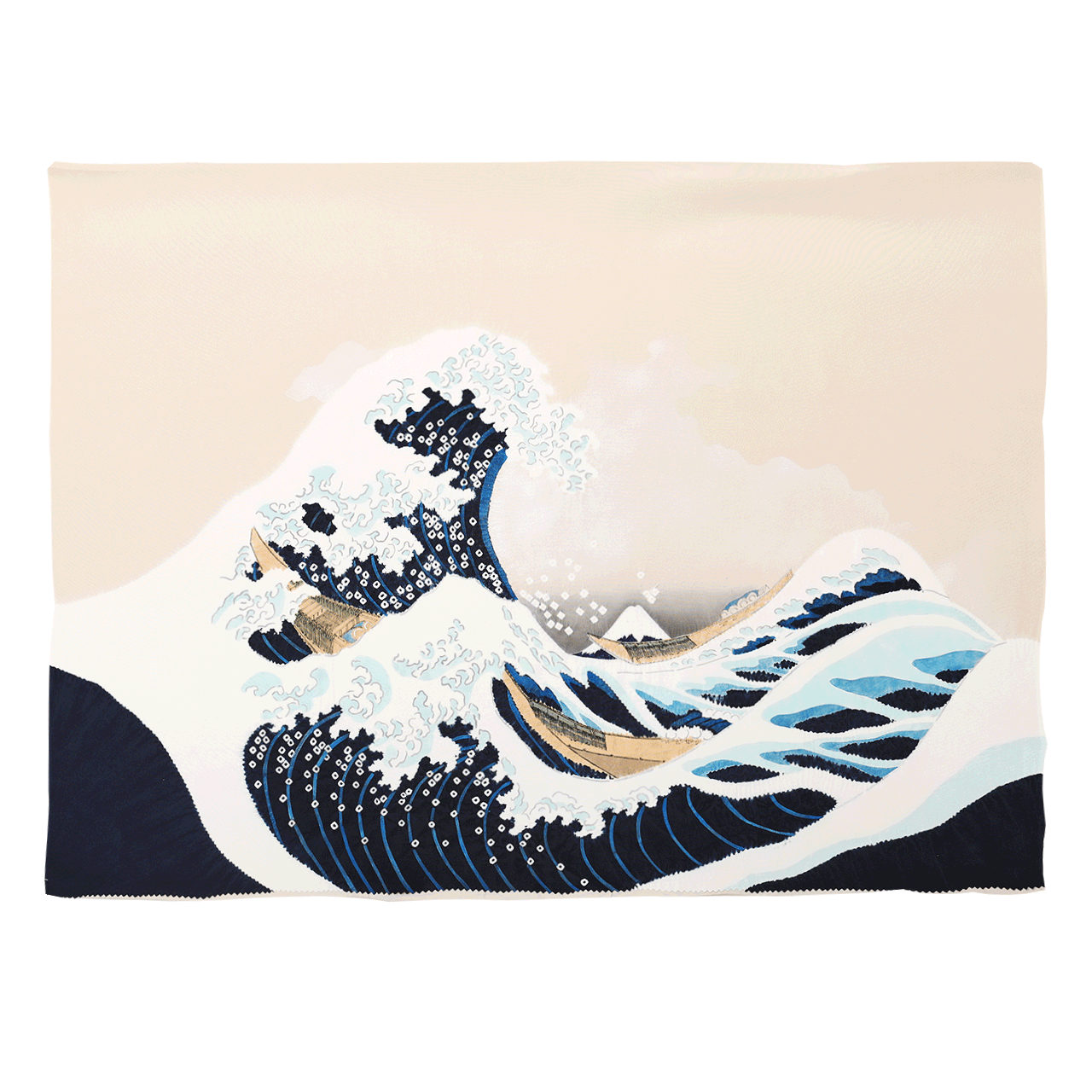 額裏
額裏
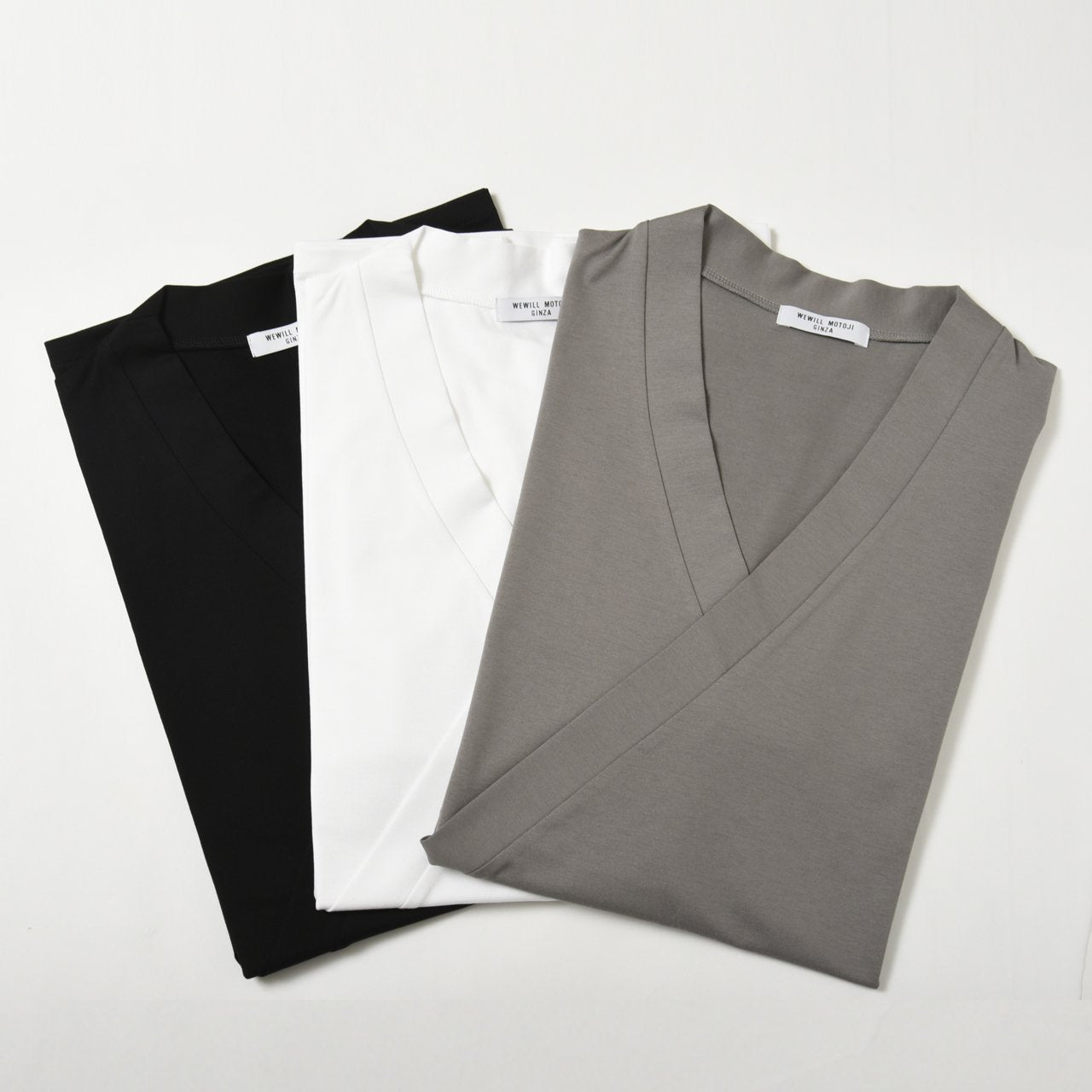 肌着
肌着
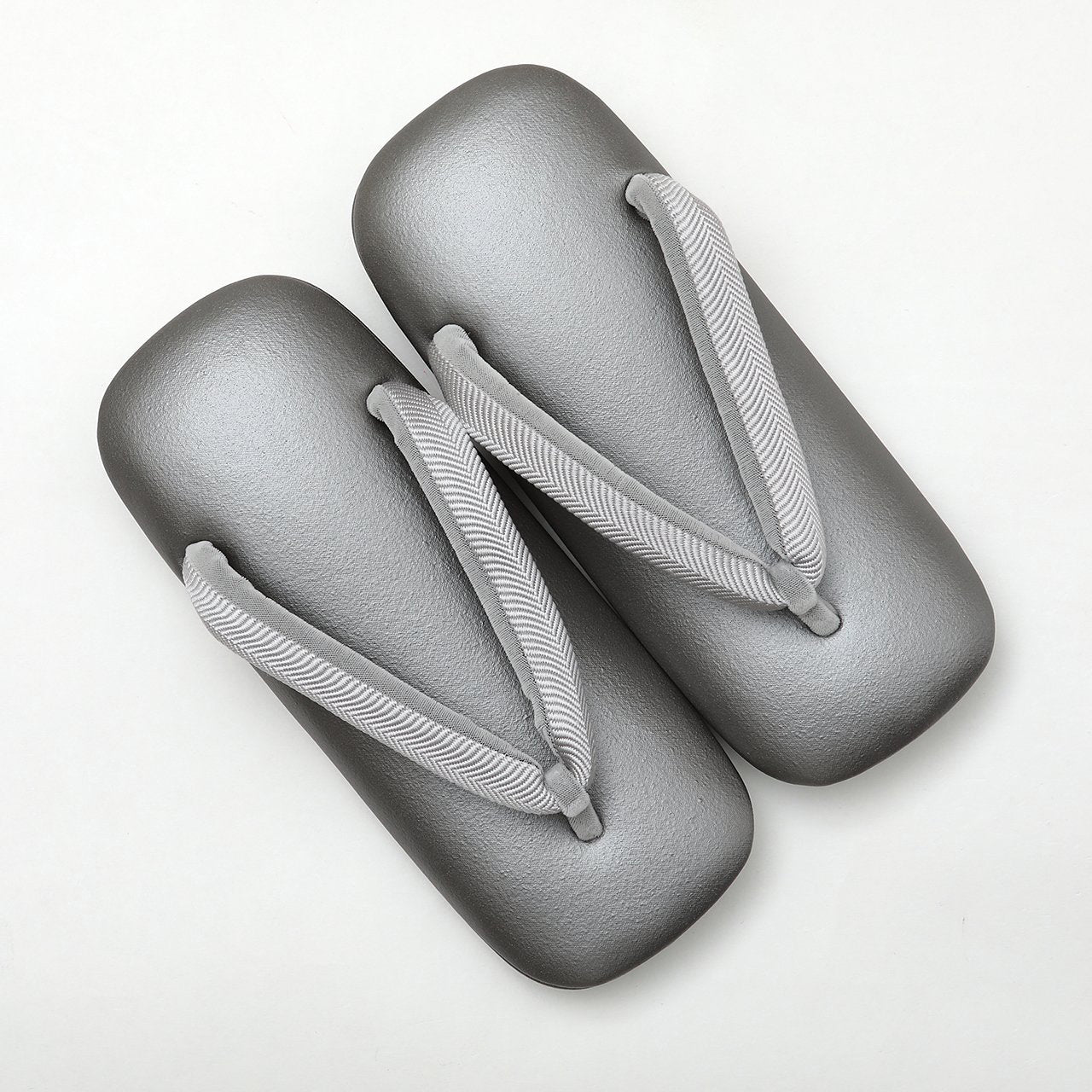 履物
履物
 紋付
紋付
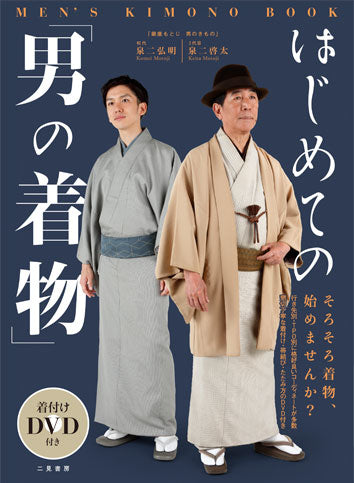 書籍
書籍
